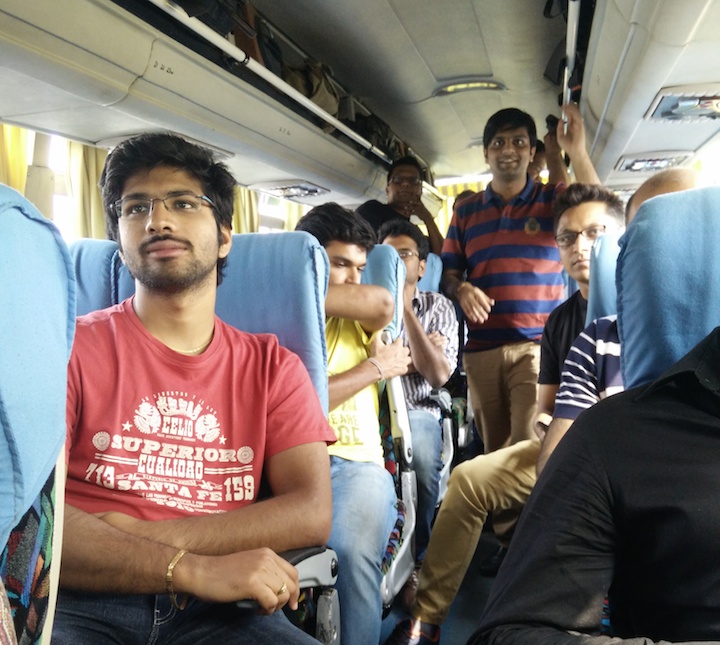Summer’s here!
The sun, the vacations, the beach and last but not least, the lemonade stands.
Those little kiosks on the roadside and kids standing beside each of them with jars of cold lemonade, glasses, and inviting smiles.
So Joshua was among those 8-year-olds who had setup his own lemonade stand, for the first time.
The stand was set, the lemonades were ready, he was good to go.
Just then he realised something: there were about 5 lemonade stands in his neighborhood and all of them were the same. He wanted his stand to stand out.
And so he came up with a plan.
In his stand, people would get a plain lemonade for free. In addition to that he will offer around 5 other flavoured lemonades (watermelon or strawberry flavours, anyone?), which would come at a price of $1 a glass (to make up for the cost of giving free lemonades).
The result?
Joshua’s stand not only attracted more crowd, but also got him earning more than his friends.
Well, what we saw here was a small-scale version of what we call the “Freemium model”.
For those of you who need a concrete definition for this term, here goes:
“Give your service away for free, possibly ad supported but maybe not, acquire a lot of customers very efficiently through word of mouth, referral networks, organic search marketing, etc, then offer premium priced value added services or an enhanced version of your service to your customer base.” – Fred Wilson, VC
Basically the objective of this model is to get the users hooked to the free product, thereby motivating them to subscribe for the paid plan and also promote the product via word-of-mouth.
Chris Anderson in his book “Free” explains that Freemium works on the 5 Percent Rule – where 5% of premium customers support the remaining 95% of free users and also the cost of servicing the 95% is close to zero.
Companies like Evernote, Dropbox, Pandora, Linkedin, Skype, etc., are among the many Freemium success stories.
In fact, Mailchimp has reported a whopping 150% increase in paying customers and 650% increase in profit, within a year of going freemium.
The main plus-point of the Freemium model is that you can do away with the traditional sales-driven marketing strategy – the potential customers get to learn by themselves about the benefits of the product by trying it out, before even buying it (winning their mind share).
In addition to this, with the help of the data from your free users’ behaviours, you can easily find out what features of your product are/aren’t their favorites and which segments of the market are getting the most out of your product (cohort analyses will help).
A good example would be Box, which uses their Freemium model to identify potential upgrade customers, who are then contacted by the salespeople.
But just like any other business model, Freemium has also seen its fair share of failures and criticisms.
In 2006, Google Apps launched a feature for businesses, where they could customize their domains (@yourcompany.com). In 2012, the company announced that they’re taking away the free version and that businesses of all sizes must pay $50 per user per year (or signup for a flexible plan of $5 per user per month).
In one of our previous posts, we had discussed in detail about the various risks associated with a Freemium model for a SaaS business and what you can do to monetize the free users who don’t have an intention to upgrade.
CrazyEgg claims that their monthly revenue doubled once they dropped their free plan.
BUT, this was what Hiten Shah, its co-founder, had to say about the move:
“It was a short-term great decision for increasing revenue but I believe it was not the best decision for the long-term….If I’m starting a new SaaS business today, I would highly consider having a free plan that you invest resources in and plan on keeping forever.”
So what can you do to make your Freemium model a success, like how Joshua nailed it?
Firstly, not all business models would suit all businesses alike and choosing the model that works right for you is crucial. The Freemium model is no exception to this rule.
A Freemium model would suit you, IF
- You are positive that your lemonade is the best in the neighbourhood:
You have a high-quality free product which people would want to get their hands on (solves an immediate need/pain).
Also, you know that your long term Freemium users will eventually convert to paid users – which will only happen if the users derive sufficient value from your free product.
- You’re certain that making 10 lemonades and 100 lemonades would cost you almost the same:
The cost of duplicating and distributing your free product is close to negligible.
The basic economics behind this model is that with the advent of SaaS (multi-tenancy), the marginal cost of distributing a software product among a 100 or a 100,000 is nominal.
- Your customers know what a lemonade is, how to consume it and how it quenches their thirst:
The features of your free product are simple enough for the customers to educate themselves about and they don’t need hands-on training or support from your side (remember, keeping the cost as minimal as possible is the key).
Any business that involves high customer acquisition or customer service costs is not suitable for a Freemium model.
- Your stand is in a busy street corner where there are a lot of passers-by – you’ve got enough people thirsty for your lemonade:
Your product will have a large reach and your potential market is huge.
As only a small percentage (1-4% on an average) of your free users would convert into paying customers, you need make that a small percentage of a large number to run a profitable business.
This also means that you have the sufficient infrastructure and operations to serve a mass market.
“The easiest way to get 1 million people paying is to get 1 billion people using.” – Phil Libin, CEO of Evernote
- You know that people will keep coming back for more lemonade!
Your product promotes repeat usage (increases the stickiness). For example, Evernote’s smile graph. Or, it makes use of the network effect, i.e., the product becomes more beneficial as more people use it (e.g. GitHub).
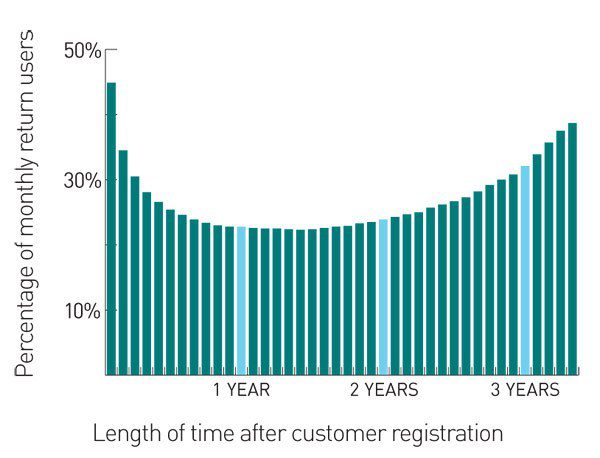
Evernote’s Smile Graph
Image Source: http://www.inc.com/magazine/201112/evernote-2011-company-of-the-year.html
You must also look at ways of increasing your switching cost. One way could be enhancing the usability of the product, so that the users make use of more features, add more data, and get more value over time.
Because the user commitment drastically reduces when the customers use a product for free, you need to look at other ways to increase commitment.
- People would love free lemonades, but not free babysitting!
Your product falls into a category where the customers would be happy to get it for free.
For instance, you’ll be happy to use a free app for storing your photos, but not a free lasik surgery. Mission critical products that require extensive support upfront may not be suitable for this business model.
Chargebee itself would be a good example for this case. We experimented with a freemium model for 6 months and learnt some interesting lessons about the type of customers we were attracting and the ROI in terms of free to paid conversions. We eventually decided to grandfather-in the pricing for our existing customers and to discontinue the plan for our new customers.
That pretty much sums up the set of criteria that need to be satisfied to choose the Freemium model.
And if you replied “Yes!” for each of the above points, then read further.
Rob Walling, CEO of HitTail compares the Freemium model to a Samurai sword – “Unless you’re a master at using it, you can cut your arm off.”
Now that you’ve decided to pick up the Samurai sword, let’s look at the “right” ways of using this sword – a few aspects that you need to pay attention to, to make sure that you don’t cut yourselves.
- No one’s gonna be interested in drinking water from a lemonade stand – even if it’s for free!
You need to find out the optimal balance in the features that you’re offering for free.
If the free features aren’t captivating enough, you simply won’t attract users. If the free features are in abundance, then there’s a good possibility for you to get the required traffic, but you will fall short in the conversion rate.
Also, if your users are getting converted to paid customers all together, it might even imply that your free product is not good enough – which again would be a concern.
You need to know where to draw the line.
- Joshua chose ‘flavors’ as the segmentation parameter – what about you?
For starters, you could choose a single parameter to differentiate your free plan from the paid plan.
It must be the best possible representative of your product’s value and it must increase with usage, like file storage space and number of stored messages for HipChat.You must then decide on how much of the parameter is going to be for free – set the limits.
Once this is done, you can even think about further enriching your paid plan with a few other premium features – but remember to keep it uncomplicated and straightforward.
- Who doesn’t want to try out interesting flavours in lemonades?
You need to have a clear upgrade path for the users. For example, Dropbox starts charging the users once they exhaust the free storage space – here the reasons to upgrade into a paid customer is clear to the user.
You must also clearly distinguish the free and the paid plans to help the users see the value in paying you more (to answer the “what’s in it for me?”), thus making it more compelling to upgrade.
- Are your customers talking about your lemonade stand – is the news spreading?
You need to pay attention to the virality quotient of your product.
Are your free users liking your product? Yes.
Now how to make them spread the word?
You need to device proper referral programs and incentives to achieve that. Yesware, an email tracking tool, attributes its revenue margin to its referral program.
The baseline is this – Your free users SHOULD fall into one of these two categories:
1. Those who will convert into paid customers in due course (Asana allows about 29 people to use its services for free, beyond which it starts charging them)
(or)
2. Those who will help in acquiring more free/paid customers (Dropbox’s referral program)
If not, then it is time to rethink your strategy.
Conclusion:
Joshua’s goal was simple – to make his lemonade stand attractive and earn more than the other stands in his neighbourhood. And he made sure that his goal was met. If it hadn’t been met, he would’ve tried out yet another plan.
You must have a specific set of clear objectives of why you’re choosing the Freemium model – conversion rates, revenue, virality and ultimately your ROI and profitability.
If you’re not getting the expected results, then you might be doing something wrong.
For instance, Chris Anderson says that you must strive for a 10% conversion rate from free to paid.
If the rate falls below that, the cost of serving the freeloaders will make it difficult for you to make money. On the other hand, a rate more than that would signal that you’re offering too little in your free version, which might limit your reach.
Set yourself measurable goals in the long run and ultimately if your goals and your customers’ goals don’t coincide/align, you mustn’t hesitate to pivot. Like how Google did.
May be you need a different model to make your lemonade stand succeed.
Reblogged from ChargeBee, blogpost by Sadhana Balaji.






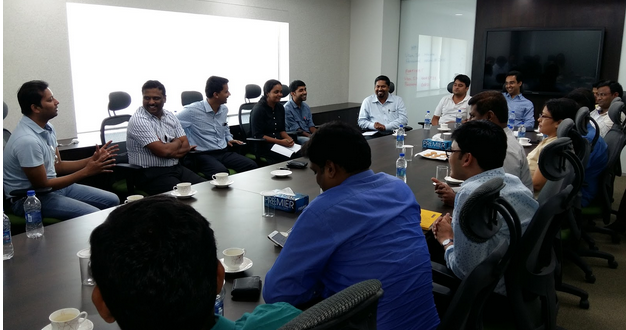

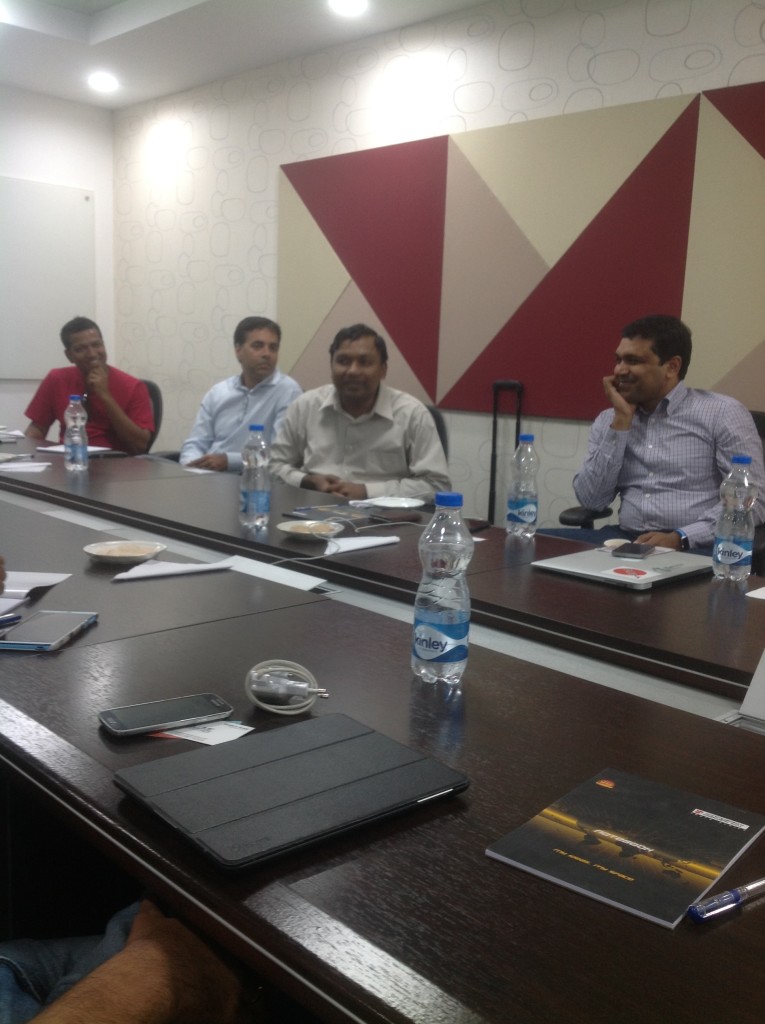
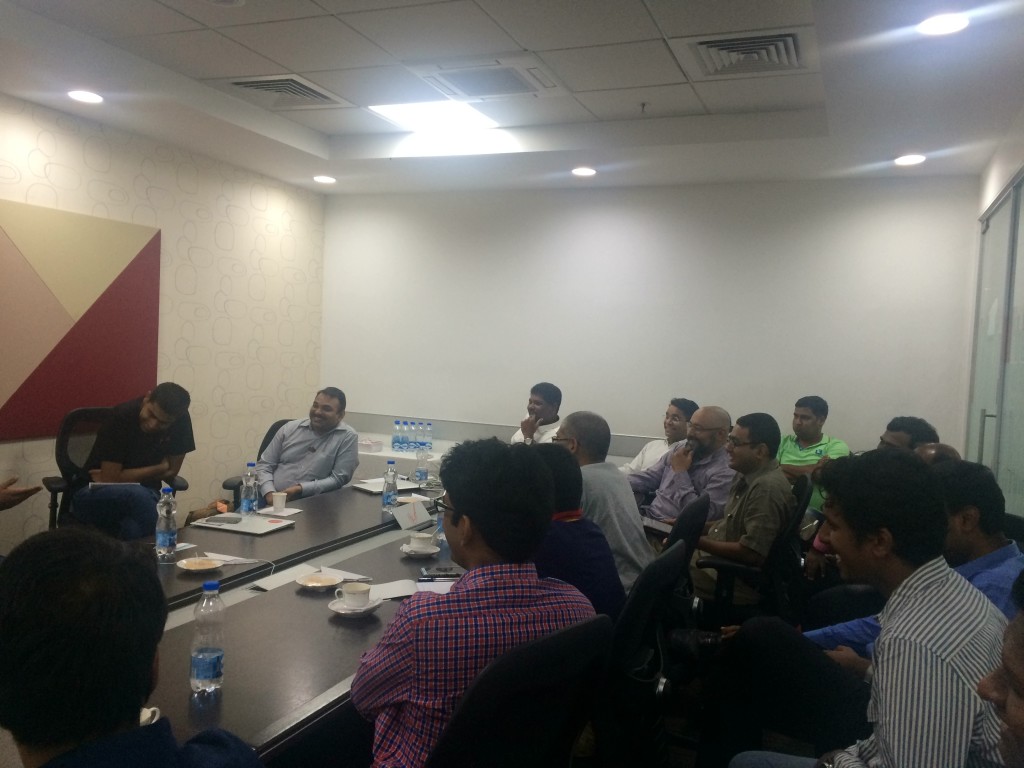 On what drives investors’ decisions
On what drives investors’ decisions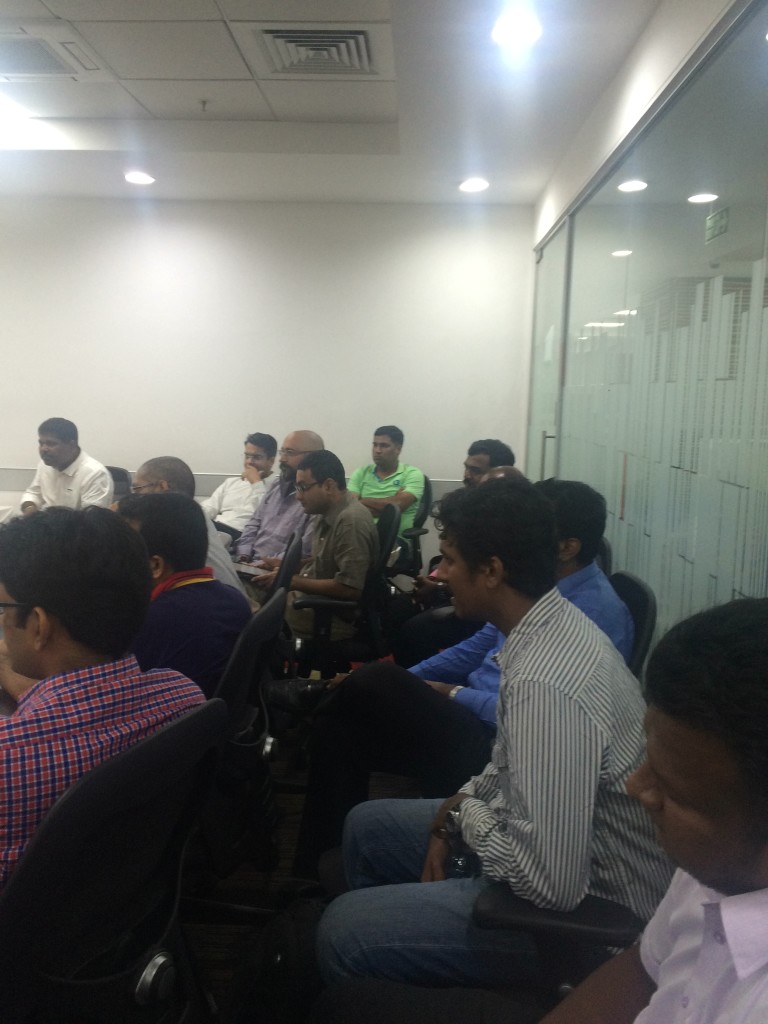 On how to negotiate investment terms
On how to negotiate investment terms

